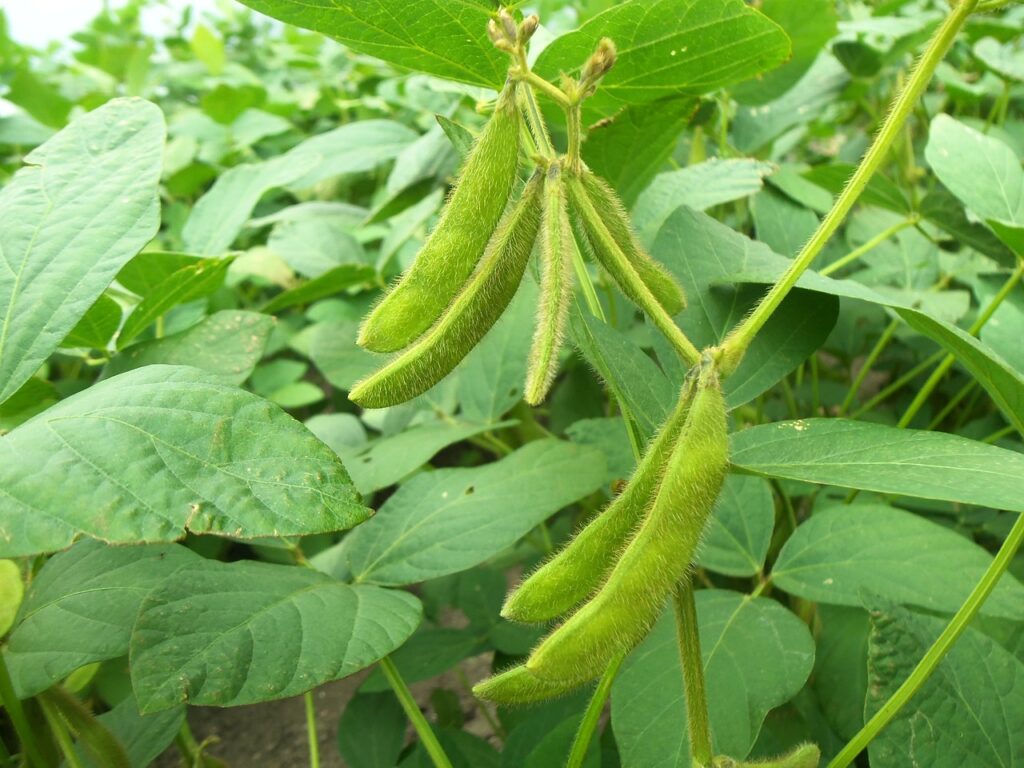Have you ever considered the candle wick when you look at a candle? What’s the big deal? This was my thinking before I knew anything about wicks. It turns out, it’s a huge deal.
I spent most of my time choosing everything else about my candle and the wick was last on my list of considerations. What a mistake.
Of course, each part of a candle is important, but the wrong wick will ruin everything. Your candle will be crappy. It can even be dangerous. Like, start a fire dangerous, which seems extreme, but possible.
If you ever wondered, “Why is my candle not burning right?” The answer most definitely is that the wick is the wrong size. Choosing the right wick and testing will prevent problems with your candle burning properly.
Why candle wicks matter
When it comes to making candles, choosing the wick is crucial. The wick is responsible for delivering the wax to the flame. This happens because of capillary action (like a straw sucking up the wax). This is why a wick is so critical in the overall performance of the candle.
Choosing the correct wick will ensure that it burns evenly and safely. One that is too small may not melt the wax pool, causing tunneling. One that is too big can create a flame that is too large and potentially cause the candle to become unsafe.
Candle wicks are typically measured in inches (height) and millimeters (diameter) and can range from 0.5mm to 5mm in diameter. Many are pre-tabbed, which means they have a metal tab at the bottom. This helps keep the wick in place and stops it from burning to the bottom of the container.
Wicks are made from different materials like cotton, hemp, and wood. Some have a square braid, and some are flat. Each material has unique burning characteristics and can affect the performance of your candle.
There are many wick types to consider, so check the manufacturer’s wick size recommendations for the specific wax and container used. Luckily, wick charts are available to help you choose the best wicks for your candles.
What to Consider for your candle Wick
Choosing the wick for your candle is crucial to ensure that your candle burns evenly and safely. Here are some factors to consider when selecting a wick:
1. Candle Size and Type
The size and type of your candle will determine the necessary wick. A larger candle will require a thicker wick (or more than one), while a smaller candle needs a thinner wick. The type of your candle will also affect your choice. For example, a container candle will require a different wick than a pillar candle.
2. Wax Type
Different kinds of wax require different wick sizes. Some are best for soy wax, while others work better for paraffin. Consider the type of wax you are using when selecting a wick.
3. Fragrance and Color
When you use fragrance oils or dyes, you may need to adjust the wick size to compensate for the added ingredients. Fragrance oils can clog wicks, so a larger wick may be necessary to ensure proper burning. Dyes can also affect how the candle burns, so test different wick sizes with each.
4. Wick Material
Wicks are available in different materials, including cotton, hemp, and wood. Each material has its own burn rate and performance characteristics. Cotton wicks are the most commonly used for candles.
choose the best wick and test
Considering the many factors when selecting a wick, you can ensure that your candle burns evenly and safely.
Finding the right one may take some trial and error, but the effort is worth it to create a high-quality finished product.
This will give you the confidence to sell your candles and keep customers, because your candles will not be crappy.
Where are these wick charts? If you buy your supplies from a candle supply company, they will likely have a wick chart online to guide your choice.
You can find one at www.candlescience.com (you can enter the wax type and diameter of your container) and www.candlesandsupplies.com, among many other candle supply companies.



